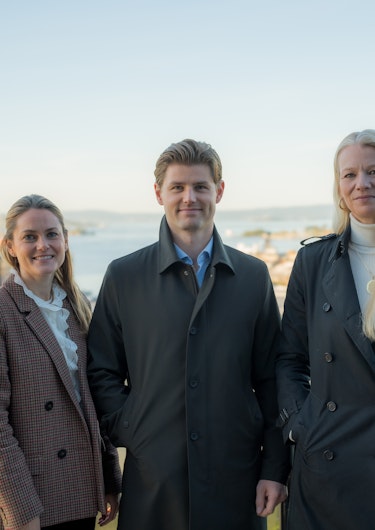
Market Views, Macro | Improvement in Goods Consumption
High interest rates and strong price growth contributed to dampening household consumption in 2023 and 2024. However, this year, real wage growth and falling interest rates have supported a solid rebound in goods consumption. Online retail has also re-established itself at healthy growth rates. Looking ahead, consumption is expected to stabilise as both interest rates and wage growth ease somewhat.
Summary
- High interest rates and strong price growth dampened household goods consumption in 2023 and 2024, but this year real wage growth and falling interest rates have supported a solid rebound in goods spending.
- Online retail has also strengthened, with growth appearing to have re-established itself at the same rates as before the pandemic.
- After above-normal growth this year, goods consumption is expected to moderate somewhat before stabilising in the coming years, as both interest rates and wage growth ease.
Following the significant disruptions during the pandemic, high interest rates and strong price growth curbed household spending in 2023 and 2024. However, household wage growth has picked up markedly, and last year the increase in households’ real disposable income was the strongest in over a decade. This rise in purchasing power has driven a recovery in consumption, which, after being largely flat in the second half of last year, increased during the first half of this year. In recent quarters, growth in services consumption has been weak, while goods consumption has strengthened significantly.

Monthly retail sales data show that growth in goods consumption this year has been well above the average for the past 25 years. We assume that part of the recent increase in goods consumption reflects a catch-up effect following an unusually weak period after the pandemic.

Online retail contracted along with the rest of goods consumption in 2023, but the improvement in household purchasing power has also boosted online spending. As we expected, growth in online retail now appears to have re-established itself at the same rates observed prior to the pandemic, implying annual growth of around 10 per cent.

After a period of subdued growth, consumption has thus picked up strongly. Consumer confidence indicators also show a clear improvement in household sentiment in Norway. Following a long spell in negative territory, households’ assessment of their own financial situation—both for the current year and the year ahead—has turned positive, according to Finance Norway’s survey. Expectations for major purchases have also risen significantly.

According to Norges Bank’s Regional Network, firms in the retail sector have also become far more optimistic after more than three years of negative readings. In the third-quarter survey this year, retail firms reported solid growth in activity and expected that stronger household purchasing power would further support consumption demand through the autumn.

Based on developments in household purchasing power and the Regional Network’s findings, Norges Bank expects consumption growth to remain robust in the near term. Household wage growth is currently strong but is expected to ease going forward. At the same time, the central bank anticipates that the policy rate will be reduced from the current 4 per cent to just above 3 per cent over the next three years. For households, lower interest rates will thus offset somewhat weaker wage growth. As a result, Norges Bank expects consumption growth to moderate slightly from today’s high levels before stabilising over the coming years.
